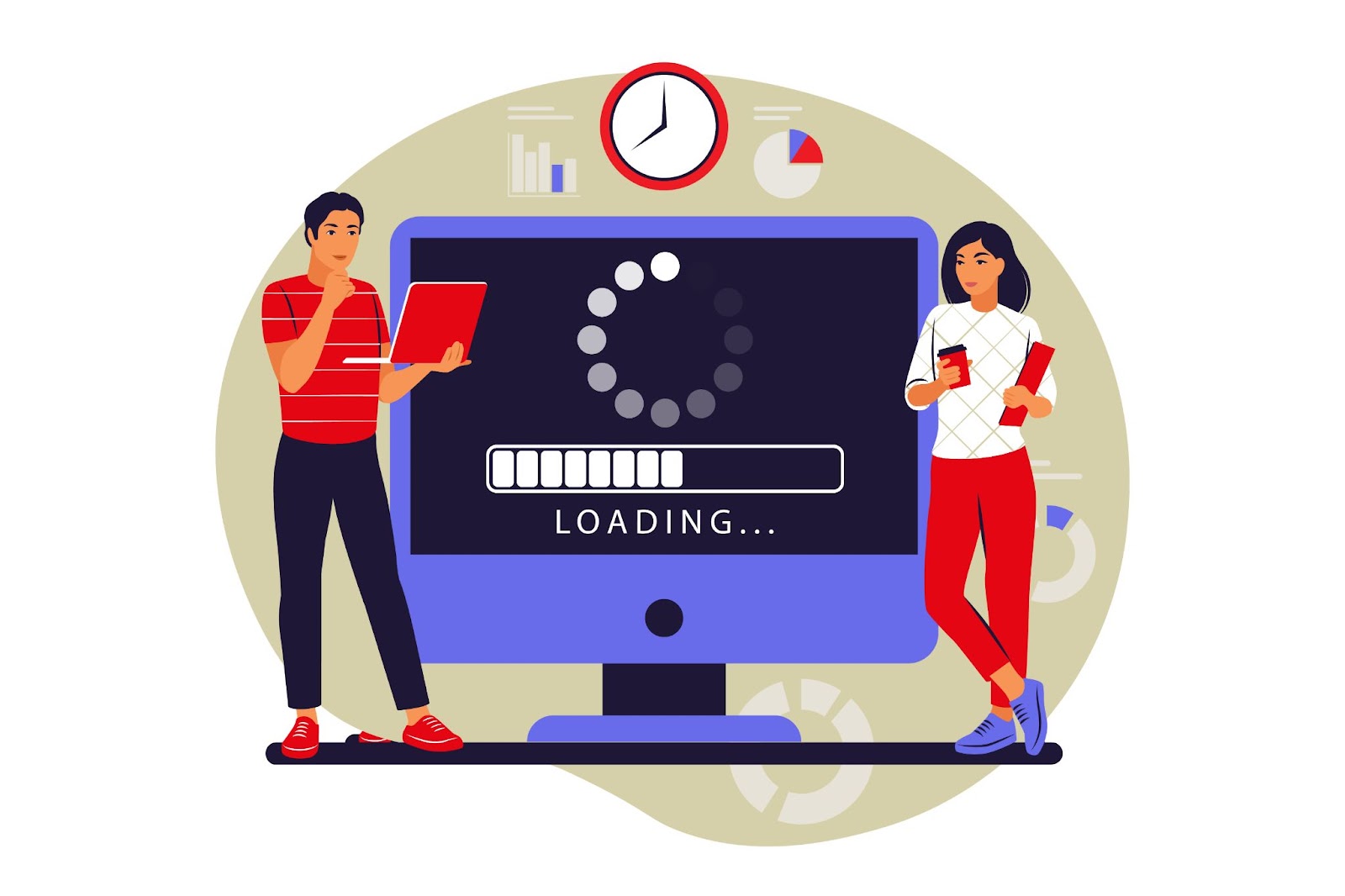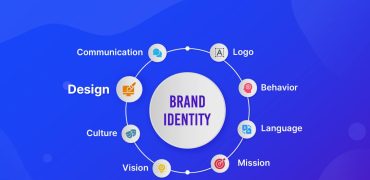In today’s digital age, having a website is essential for businesses and individuals alike. It serves as a virtual storefront, a platform for sharing information, and a tool for generating revenue. However, just having a website isn’t enough; it needs to perform well and convert visitors into customers or users. If your website isn’t meeting these expectations, it’s crucial to identify the reasons behind its under-performance. In this comprehensive blog post, we’ll delve into the ten Reasons Your Website Isn’t Converting and How to Fix Them.
NB: Ensure to Read until the end as I’ll be giving out FREE tips on how to fix this problems on your website by YOURSELF.
Alternatively, a recommendation that would get it done for you in a jiffy just in-case its beyond your capabilities
1. Poor User Experience (U X):

User experience is paramount in web design. If your website is difficult to navigate, slow to load, or not mobile-friendly, visitors will quickly lose interest. Ensure that your website is intuitive, responsive, and offers a seamless experience across all devices.
2. Lack of Clear Purpose:

A website should have a clear and compelling purpose. If your visitors can’t quickly understand what your website is about and what it offers, they’re likely to leave. Clearly communicate your value proposition and call-to-action (C.T.A).
3. Ineffective Content:

Content is king, but it needs to be high-quality, relevant, and engaging. If your website is filled with outdated, irrelevant, or poorly written content, it won’t attract or retain visitors. Regularly update and optimize your content.
4. Slow Loading Times:

In our fast-paced world, nobody likes to wait. Slow-loading pages can frustrate visitors and result in high bounce rates. Optimize your website’s performance by compressing images, using a content delivery network (C.D.N), and minimizing code.
5. Weak S.E.O Strategy:

Without proper search engine optimization (S.E.O), your website may not rank well in search engine results pages (S.E.R.Ps). Conduct keyword research, optimize on-page S.E.O elements, and build high-quality back-links to improve your website’s visibility.
6. Neglected Mobile Optimization:

With the increasing use of mobile devices, having a mobile-responsive website is crucial. Neglecting mobile optimization can lead to a significant loss of potential customers who browse the web on smartphones and tablets.
7. Complicated Checkout Process:

For e-commerce websites, a complex and lengthy checkout process can deter customers from completing their purchases. Streamline the checkout process by minimizing steps and offering multiple payment options.
8. Lack of Trust Signals:

Trust is a vital factor in converting visitors into customers. If your website lacks trust signals such as customer reviews, trust badges, or secure payment options, visitors may hesitate to take action.
9. Ignoring Analytics:

To improve your website’s performance, you need to track and analyze user behavior. Ignoring analytics tools like Google Analytics can prevent you from identifying problem areas and making data-driven improvements.
10. Underestimating Competition:

In the online world, competition is fierce. Ignoring or underestimating your competitors can hinder your website’s success. Stay updated on industry trends, monitor your competitors, and adapt your strategies accordingly.
A website’s under-performance and low conversion rates can be attributed to various factors. To turn the tide and transform your website into a high-performing conversion machine, address these common issues. Regularly review and optimize your website, keeping the user experience at the forefront of your efforts. By doing so, you’ll not only attract more visitors but also convert them into loyal customers, achieving the online success you desire.
How To Fix It
we’ve explored the common culprits behind a website’s under-performance and low conversion rates. Now, it’s time to roll up our sleeves and get to work. Let’s delve into practical solutions to address these issues and turn your struggling website into a high-converting powerhouse.
1. Poor User Experience (U.X):
Solution: Conduct a comprehensive U.X audit of your website. Make sure your site is mobile-responsive and loads quickly. Simplify navigation and ensure that visitors can find what they’re looking for with minimal effort.
2. Lack of Clear Purpose:
Solution: Clearly define your website’s purpose on the homepage. Craft a concise and compelling value proposition that tells visitors what you offer and why it matters. Place a prominent call-to-action (CTA) to guide them in the right direction.
3. Ineffective Content:
Solution: Audit your existing content and identify areas for improvement. Update outdated information, rewrite poorly written content, and add fresh, relevant material. Invest in a content strategy that addresses your audience’s needs and pain points.
4. Slow Loading Times:
Solution: Optimize your website’s performance by compressing images, using a content delivery network (C.D.N), and minimizing unnecessary code. Regularly test your site’s speed and make adjustments as needed.
5. Weak SEO Strategy:
Solution: Conduct thorough keyword research to identify valuable search terms. Optimize your website’s on-page elements, including titles, meta descriptions, and headings. Invest in a long-term S.E.O strategy that includes content creation and link building.
6. Neglected Mobile Optimization:
Solution: Ensure that your website is fully responsive to mobile devices. Test it on various screen sizes and devices to guarantee a seamless experience for mobile users.
7. Complicated Checkout Process:
Solution: Simplify the checkout process by reducing the number of steps required to complete a purchase. Offer guest checkout options, provide clear progress indicators, and make the payment process secure and user-friendly.
8. Lack of Trust Signals:
Solution: Build trust with your audience by showcasing customer reviews and testimonials prominently. Display trust badges, security certifications, and secure payment options to instill confidence in your visitors.
9. Ignoring Analytics:
Solution: Regularly monitor website analytics using tools like Google Analytics. Analyze user behavior, conversion funnels, and traffic sources. Use these insights to make data-driven improvements and adjust your strategies accordingly.
10. Underestimating Competition:
Solution: Stay competitive by keeping a close eye on your industry and competitors. Conduct regular competitor analysis to identify trends and areas where you can outperform them. Adapt your strategies based on this information.
Remember that improving your website’s performance and conversion rates is an ongoing process. Continuously test different elements, gather feedback from users, and stay updated with industry best practices. With persistence and dedication, your website can evolve from an under-performing asset into a successful conversion machine.
You Can save yourself from causing more damages in your website or going through several failed trials by consulting experts to conduct a revamp on your website
If you love professionalism & premium services, then you’d enjoy working with DESKON CREATIVE HUB
Click >>>HERE<<<<< to learn more about their services
Click >>>>HERE<<<< to Chat wit them on WhatsApp









